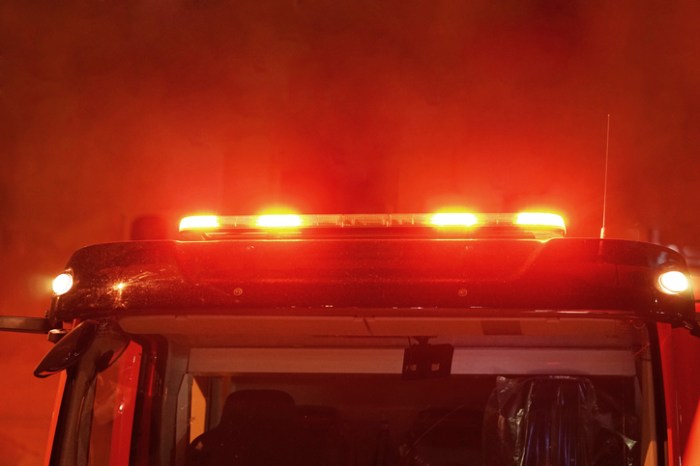Diverticuli, abnormal sacs or pouches can occur in many different places in the body and are often difficult to diagnose. The medical literature contains 86 different listings of diverticuli including those in the intestinal tract, the urinary system and other systems.
In the urinary tract, diverticuli can occur in the bladder, kidneys, ureters and urethra. If you have seen a child chewing bubblegum and blowing a bubble, you have a good idea of what a bladder diverticulum is like. Imagine the shape of the child’s head to be the shape of the bladder and the diverticulum to be the bubble being blown. The pursed lips of the child represent the connection between the bladder and the diverticulum.
Diverticuli of the colon, a condition known as diverticulosis, when infected and inflamed is called diverticulitis. Sometimes, when severe and untreated, colonic diverticulitis can create a burrow from the colon into and through the wall of the adjacent urinary bladder, creating an abnormal fistula or connection between the bladder and the colon. This causes a severe urinary tract infection with pneumaturia, an unusual and frightening symptom of urinating foul smelling gas from the bladder. The gas originates in the colon and enters the bladder through the fistulous passageway or burrow connecting the colon to the bladder. Surgery is required to cure this condition.
When a diverticulum is present in the bladder, it can complicate the process of making the diagnosis of benign prostate enlargement and confuse the interpretation of the symptoms. The diverticulum develops and progressively enlarges as a result of backpressure caused by an obstructive benign prostate enlargement.
Furthermore, bladder stones may form and become trapped inside a diverticulum and bladder tumors may originate inside a diverticulum each presenting serious and difficult challenges to the treating urologist. This is because the wall of the bladder diverticulum does not contain any muscle such as is present in the wall of the bladder itself and the chances of the tumor rapidly spreading beyond the confines of the bladder are greatly increased making cure of the malignancy that much more difficult if not impossible.
How much better it is for the patient if the obstructive prostate is treated sooner rather than later before the development of diverticuli and resulting complications become overwhelming. In most cases, benign prostate enlargement can be well treated with effective medications.
When the use of medication is not applicable for whatever reason and there are many possible reasons, then the next treatment approach should be the minimally invasive non-surgical microwave thermotherapy done in the office and requiring no anesthesia.
There are several microwave systems available but the safest one and the one I recommend is the FDA approved TherMatrx system because it is a low wattage system, which has never had a single SAE, (Serious Adverse Effect) reported to the FDA.
Questions? Call Dr. Okun 718-241-6767























